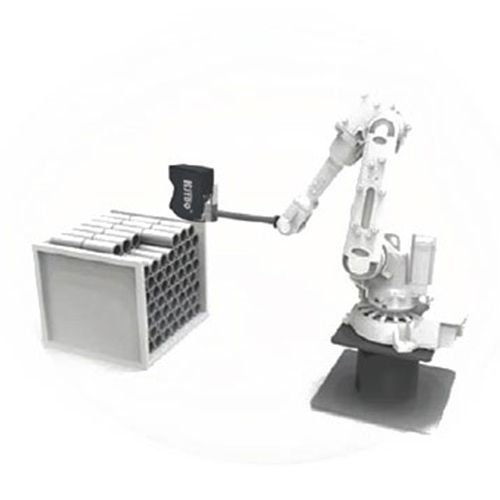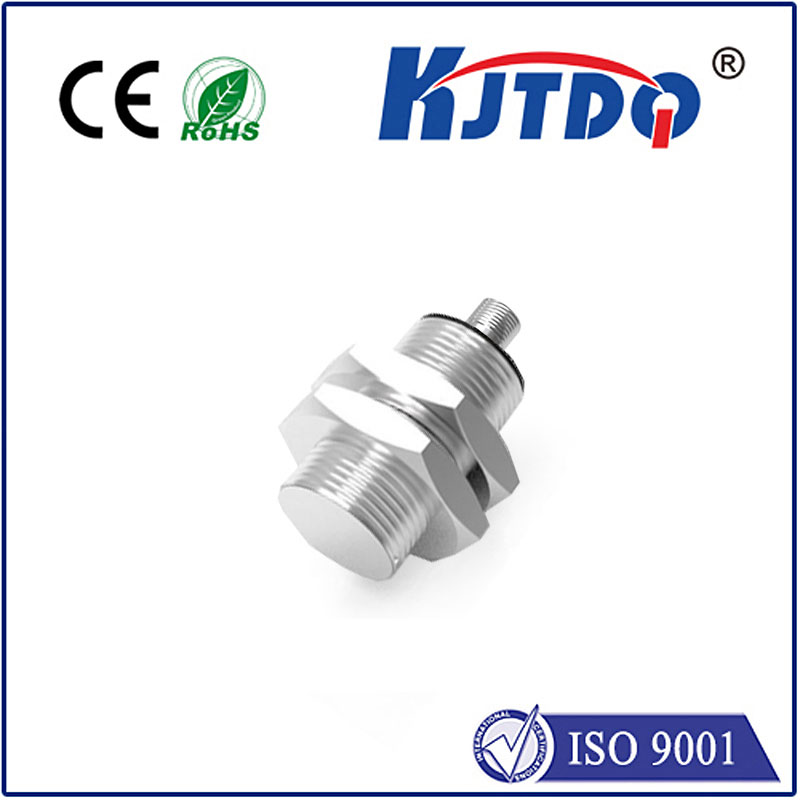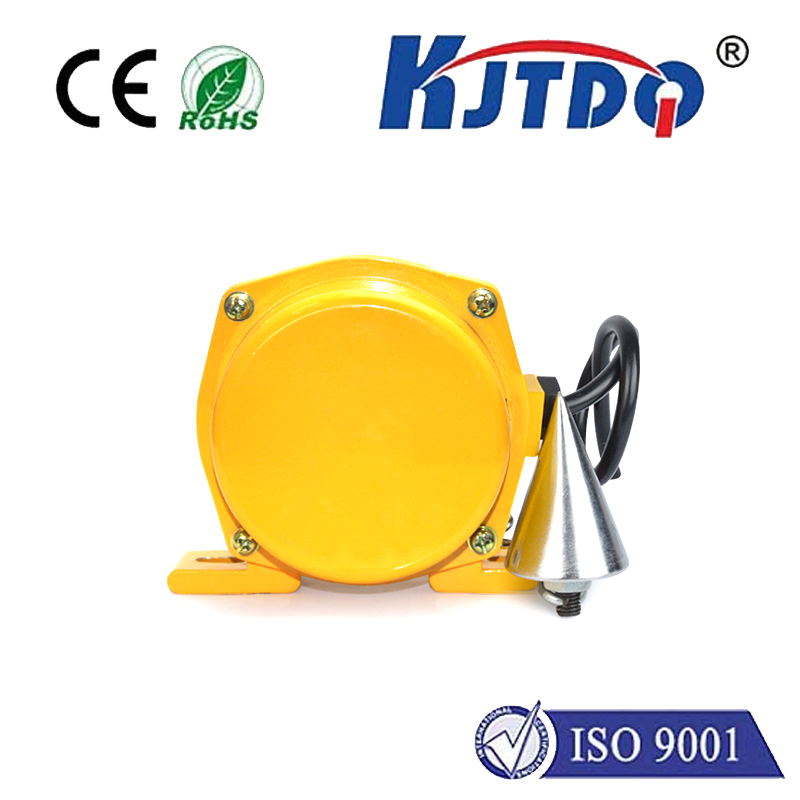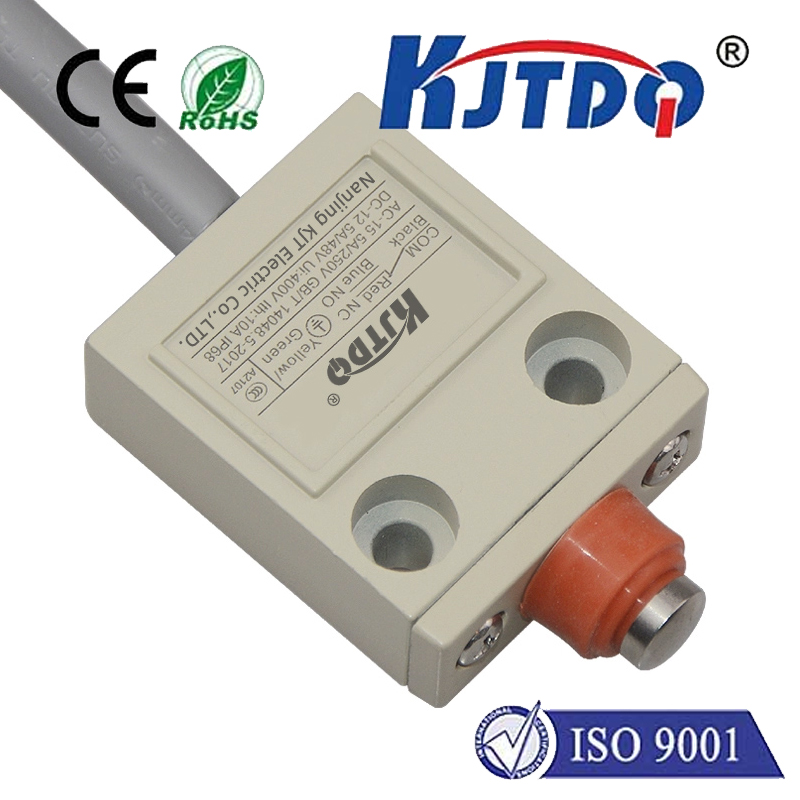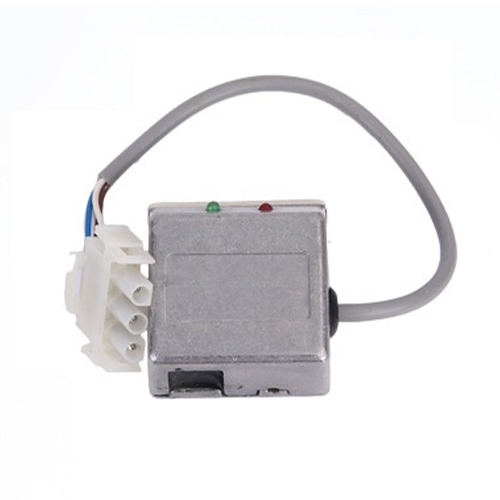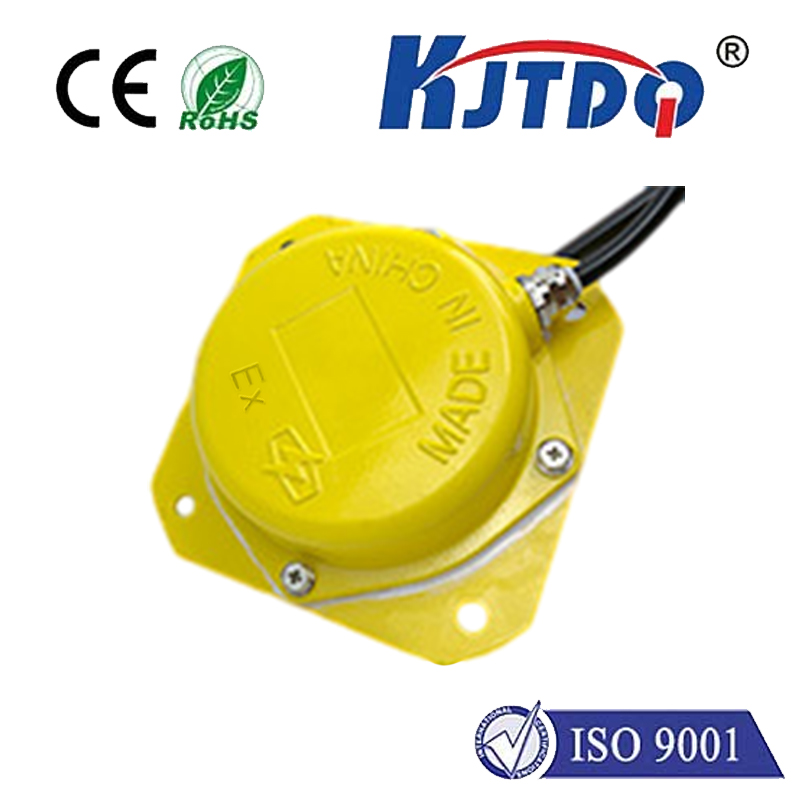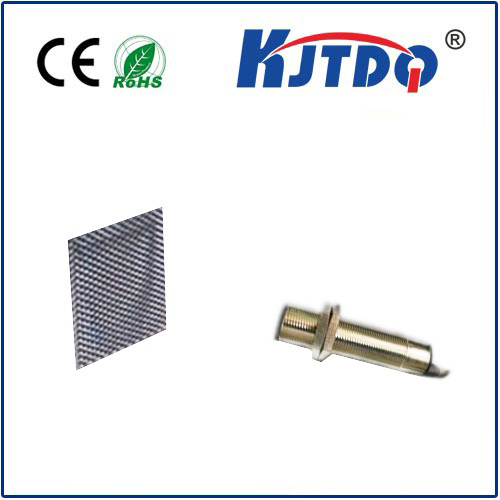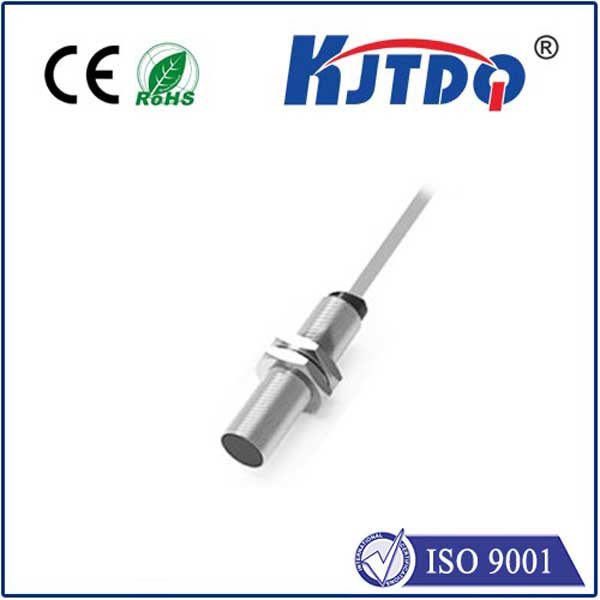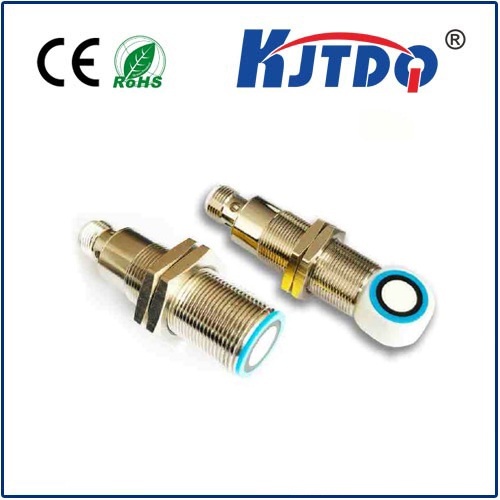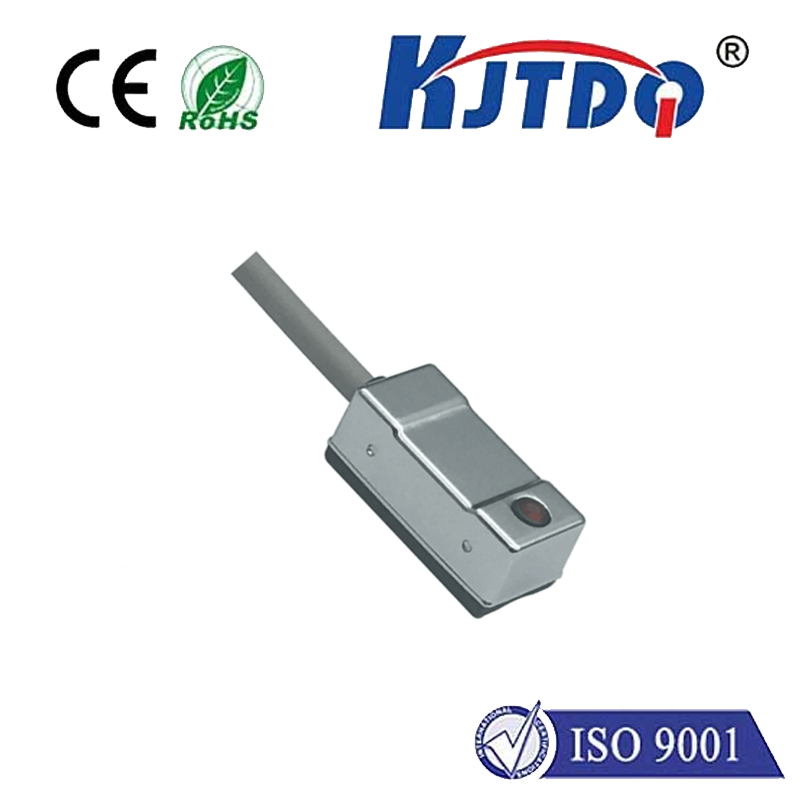

check

check

check

check

check

check

check

check

check

check
Title: Unraveling the Mysteries of 2D Laser Sensors: A Revolutionary Technology
Introduction
The world of technology is constantly evolving, with each innovation bringing forth groundbreaking advancements that shape our daily lives. Among these advancements lies the fascinating realm of 2D laser sensors, which have revolutionized various industries by providing precise and accurate data measurements. In this article, we will delve deeper into the workings of 2D laser sensors, exploring their unique features and applications, as well as the potential they hold for a brighter future.
Understanding 2D Laser Sensors
2D laser sensors are a type of sensor that utilizes laser technology to measure distance and depth. They work by emitting a beam of light that bounces off an object, allowing the sensor to calculate its distance from the surface. The sensor then interprets this data and produces an accurate measurement, making it an ideal tool for various tasks such as object detection, navigation, and robotics.

One of the key advantages of 2D laser sensors is their ability to detect objects in real-time, even through obstacles or complex environments. This makes them highly versatile and applicable in a wide range of fields, including autonomous vehicles, industrial manufacturing, and medical imaging.
Applications of 2D Laser Sensors
The applications of 2D laser sensors are virtually limitless, as they offer unparalleled accuracy and reliability in measuring distances and depths. Some of the most prominent use cases include:
1. Robot Navigation: In autonomous robots, 2D laser sensors are used to navigate through complex environments by providing accurate information on the robot's position and orientation. This enables robots to perform tasks such as assembly line work, search and rescue operations, and even space exploration.
2. Industrial Manufacturing: In industrial settings, 2D laser sensors are utilized for quality control measures and process optimization. By measuring the distance between products during production, manufacturers can ensure consistent quality and optimize their production processes for maximum efficiency.
3. Medical Imaging: In medical applications, 2D laser sensors are used for non-invasive procedures such as skin cancer diagnosis and monitoring vital signs of patients. These sensors can detect changes in skin thickness, providing doctors with valuable insights into a patient's health status.
4. Sports & Gaming: In both sports and gaming, 2D laser sensors are used for precision targeting and scoring systems. In tennis, for instance, players use these sensors to precisely hit the ball at specific locations on the court, while in video games, they enable developers to create realistic interactions between players and virtual objects.
5. Security & Surveillance: In security and surveillance settings, 2D laser sensors are employed for perimeter protection and object detection. These sensors can detect intruders or suspicious activity and trigger alerts or alarms to notify authorities.
Conclusion
As we have seen, 2D laser sensors are a game-changing technology that has transformed various industries by providing accurate and reliable measurements. With their numerous applications and potential benefits, it is no wonder that they have gained widespread popularity and acceptance among professionals worldwide. As the technology continues to evolve and improve, we can expect to see even more innovative uses emerge, further enhancing our daily lives and propelling us towards a brighter future.
